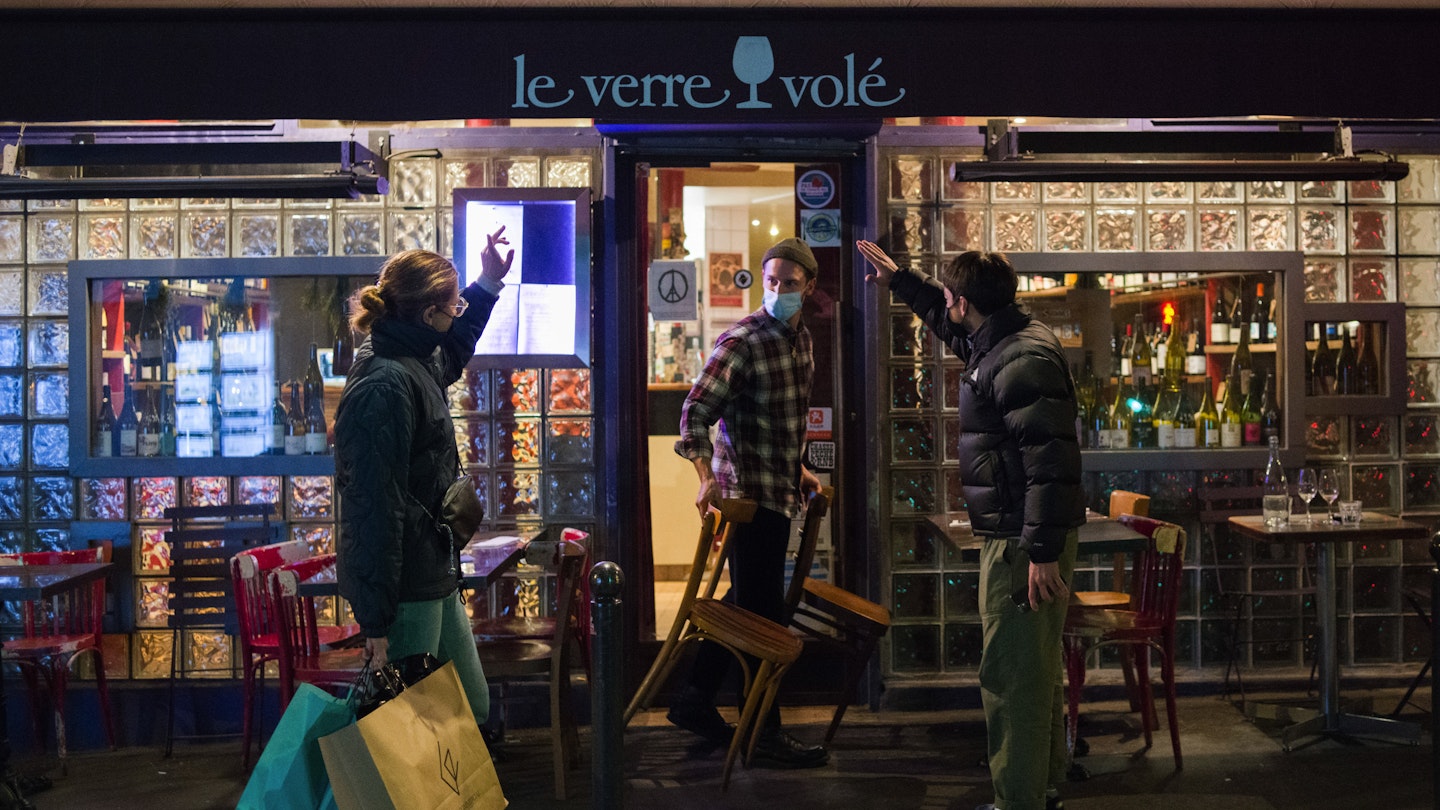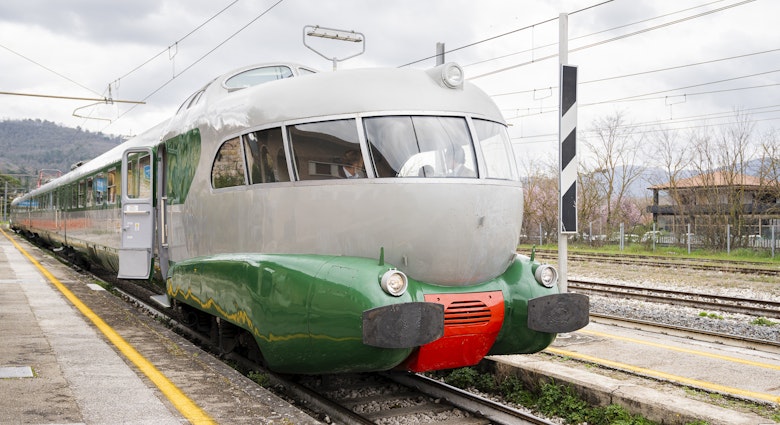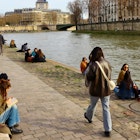Governments across Europe have imposed new lockdowns and restrictions as some teeter towards a second wave. Ireland, France, Belgium, England and Germany have entered partial national lockdowns this month. And Sweden, an outlier in its response to the pandemic, has imposed local restrictions after suffering a dramatic resurgence of cases in recent weeks.
As a second wave sweeps across Europe, countries are tightening restrictions. France had initially dealt with the rise in infections on a regional basis with curfews in Paris and eight other high-risk cities. But as the situation worsened it entered a national lockdown on Wednesday that will last until December 1. All non-essential businesses will close (though restaurants and cafes will open for take away service) and written statements will be required for people to leave their homes. "The virus is spreading across France at a speed that even the most pessimistic did not predict,” president Emmanuel Macron said in a television address.

Spain, one of the worst-hit countries of the first wave, has avoided a second national lockdown but introduced a national state of emergency that will last until May 9, 2021: allowing regional governments to impose overnight curfews from around 11pm until 6am, and local lockdowns if required. Canary Islands is the only region exempt from the restrictions due to "the very positive epidemiological situation there," according to prime minister Pedro Sánchez.
Italy has also avoided a full lockdown this time but stepped up its coronavirus response this month with new restrictions that limit the operating hours of bars and restaurants nationwide. Some regions are implementing heightened measures, including Lombardy with a curfew, and Campania by closing schools. Poland is also looking to avoid locking down the entire country and has designated some areas high-risk, including Warsaw, with restrictions on gatherings and hospitality businesses in these "red zones".
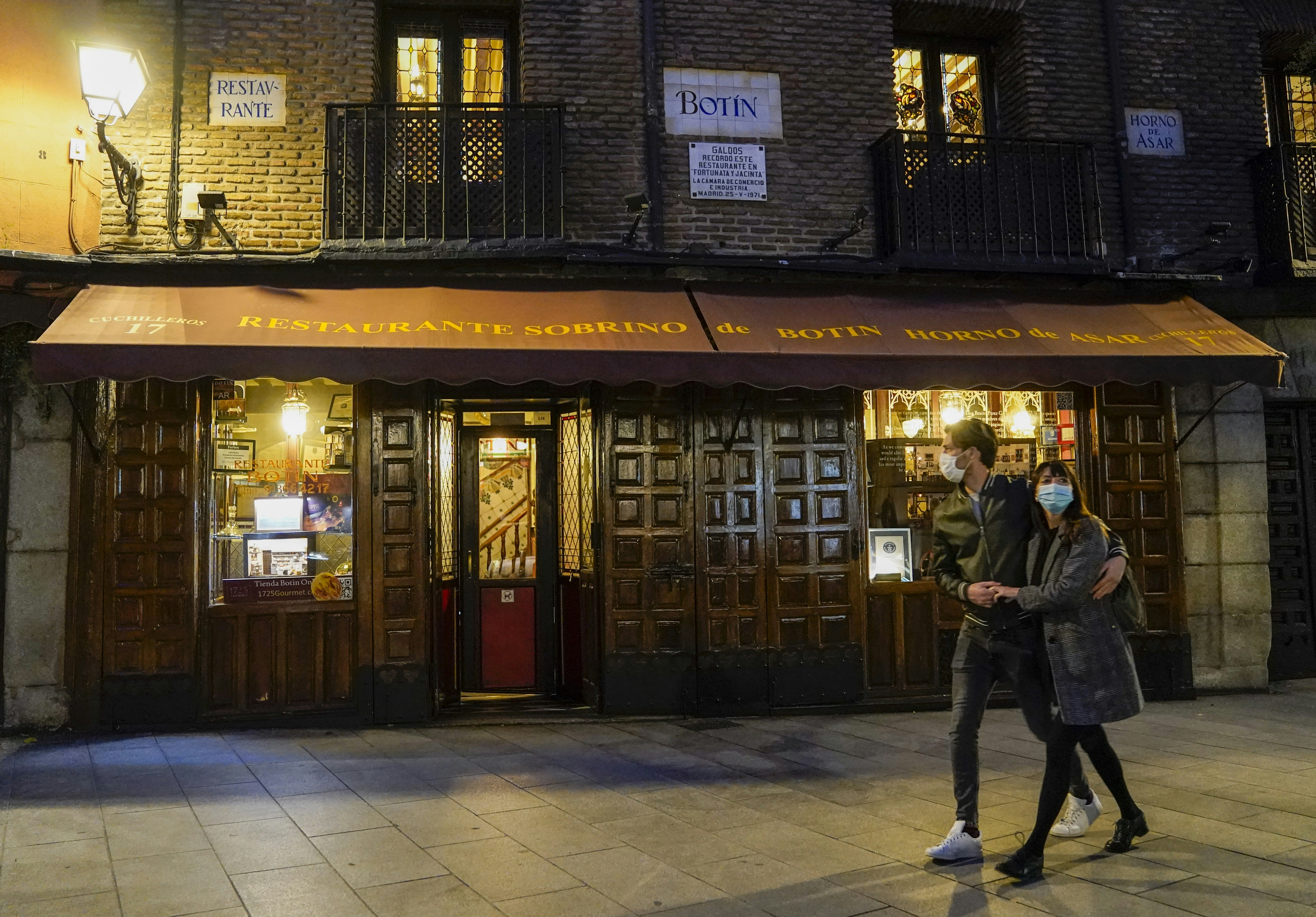
Meanwhile, the Netherlands entered a partial four-week lockdown on October 14th that will now be extended until "well into December". Bars and restaurants are closed, and alcohol and cannabis sales are banned after 8pm. In Belgium, where hospitals are struggling to cope with spikes in cases, the government returned to a national lockdown on Friday, in addition to a curfew of midnight until 5am. Frank Vandenbroucke, the federal minister, told RTL that Belgium is now "the most affected region in all of Europe," followed by the Czech Republic (who have closed schools, restaurants, bars, gyms and theatres), and the Netherlands.
Over in Switzerland, after infections doubled at the start of the month, officials have made mask-wearing compulsory in indoor public spaces and is encouraging people to limit their contacts. While in Germany, chancellor Angela Merkel announced on Wednesday the country will go into a month-long nationwide partial lockdown on November 2 to "save Christmas" and will close all hospitality venues and non-essential retail. Individual states will have the final say on which restrictions to impose, and the government will compensate businesses with 50 or fewer employees with 75% of their 2019 November income.
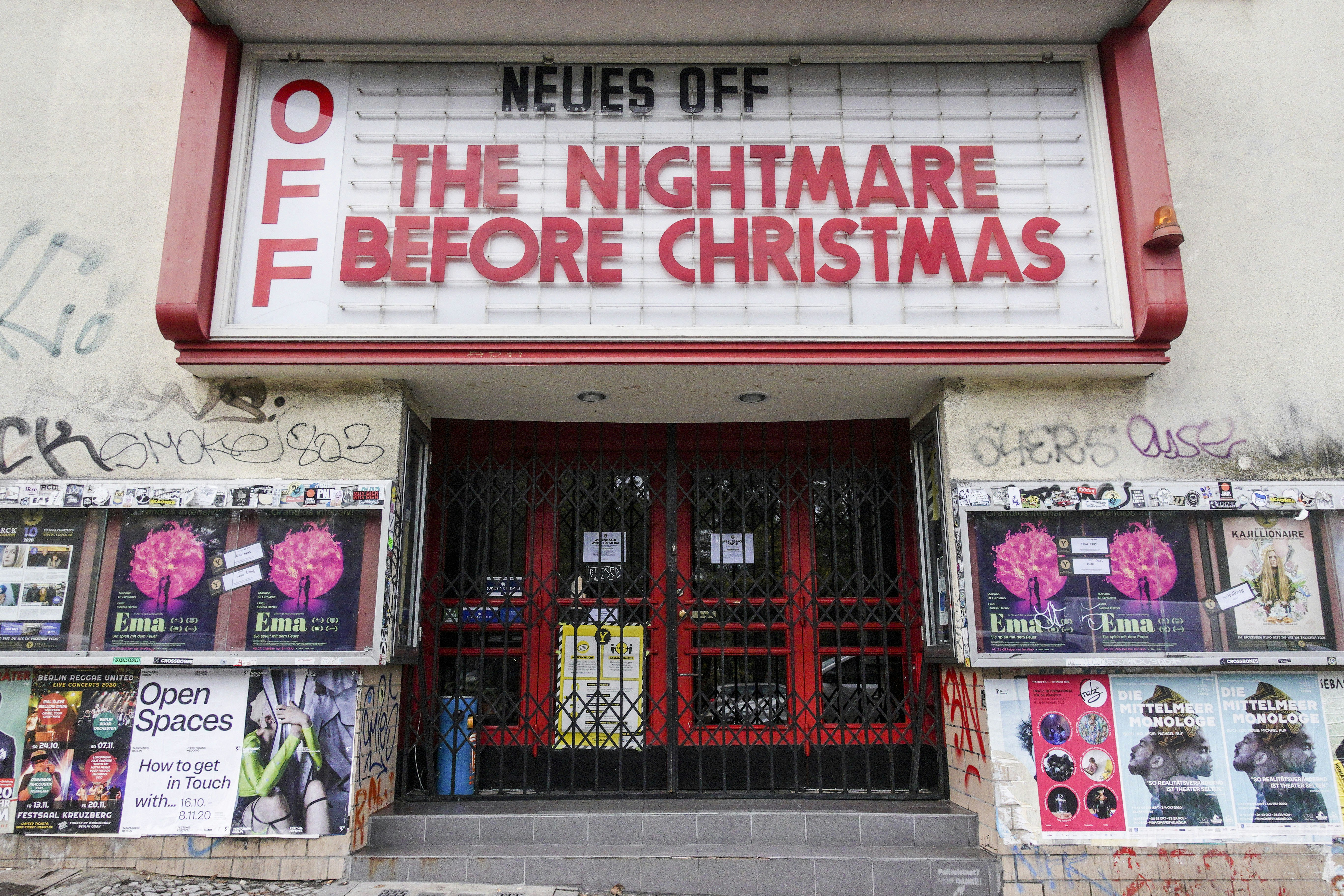
Elsewhere in Europe, Ireland escalated its response to the pandemic earlier this month. It entered October in level three of a five-tiered response system, which sees different parts of the country placed in different categories of restrictions depending on rates of infection. But last week officials moved the country to level five for six weeks with enhanced restrictions including closing non-essential shops, only allowing restaurants to open for take-away and delivery, and requiring people to stay within 5km of their homes.
England had been operating on a three-tier system but on Wednesday night it will go into lockdown again as case numbers spiral out of control. Non-essential retail will close except for take-away and delivery services and people are asked to stay at and work from home where possible. Wales entered a "short, sharp" national lockdown last Friday until November 9, with people ordered to stay at home and businesses and non-essential shops closed. Scotland imposed the five-tiered system but is contemplating another lockdown as the situation deteriorates, while Northern Ireland is closing restaurants and bars but is stopping short of a full lockdown.

This month Sweden granted regional health authorities permission to impose local restrictions in an attempt to avoid a second wave. Sweden was the only country where a nationwide lockdown was never imposed but the shift in response comes as the country reported its highest daily count since June, with 970 cases on October 15, according to the WHO. Uppsala is the first region in the country to introduce the measures, asking people to avoid social activities, public transport and physical contact with people outside of their household.
In Greece, a tiered system of response was imposed this week. Mykonos, Santorini and Athens are in tier three, which includes a 12.30am to 5am curfew. Masks are now compulsory in all public indoor spaces and on all public transport. And people now arriving on the mainland from the Greek Islands are being offered free rapid COVID-19 testing to help with Greece's track and trace system.
This article was first published on October 20 and updated on November 2, 2020.
You might also like:
What countries can US travelers visit right now?
New Zealand's passport is now the most powerful in the world

